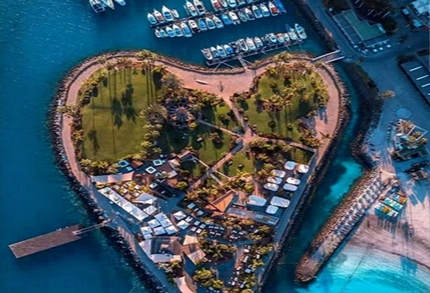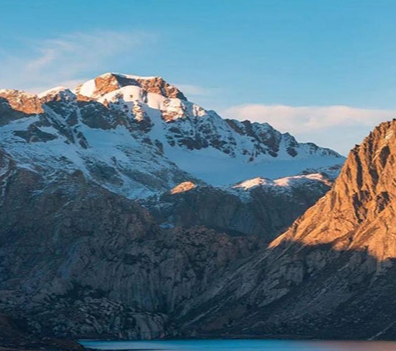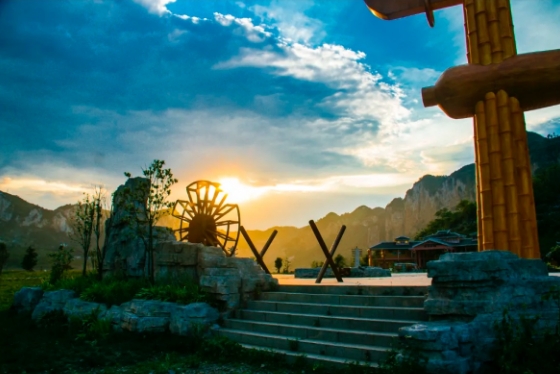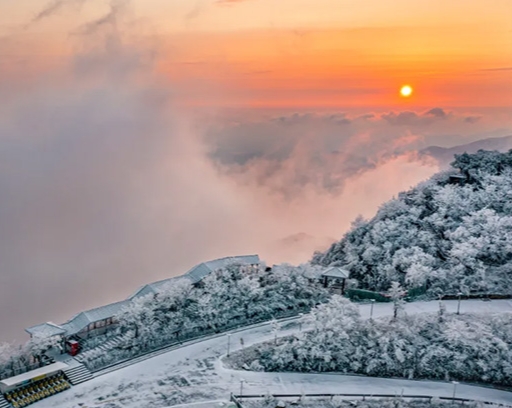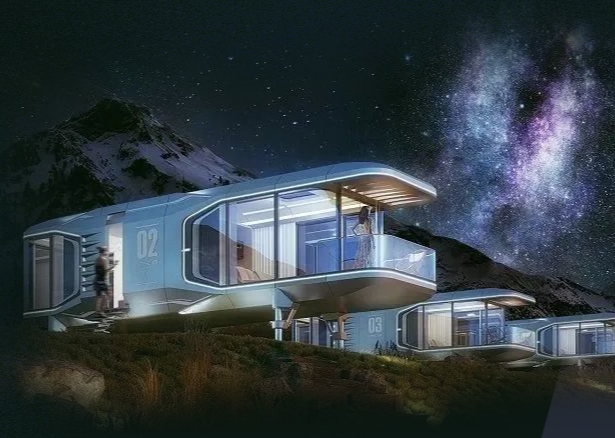EDITOR'S NOTE: On May 29 2021, the main activity of the third International Mountain Tourism Day—the World Heritage Famous Mountain (Jinfo Mountain) Summit kicked off in Nanchuan District, Chongqing Municipality, China successfully. Themed with “World Heritage Protection and Green Development of Mountain Tourism”, the Summit got strong support from the World Tourism Organization (UNWTO), the World Intellectual Property Organization (WIPO), the International Union for Conservation of Nature (IUCN), the World Travel & Tourism Council (WTTC), the Pacific Asia Travel Association (PATA), the Global Tourism Economy Forum (GTEF), the Internationale Organisation Für Volkskunst (IOV) and the China Association of National Parks and Scenic Sites. The theme forum presented wonderful contents with high-level opinions, frontier observations and dialogues on trends. The speeches will be released in succession to share with industry colleagues.
Dr. Martin Allgäuer, Consul General of Austrian Consulate General in Chengdu delivered a speech at the summit:
I’m very glad to come to the beautiful Jinfo Mountain, and attend the International Mountain Tourism Day 2021 World Heritage Mountain (Jinfo Mountain) Summit.
Three years ago, Consulate General of the Republic of Austria in Chengdu opened officially. And the then Austrian President and Chancellor visited China with the largest delegation ever, and signed multiple agreements of cooperation with China, including listing the “Jinfo Mountain Olympjoy Ice and Snow Town Project” participated by an Austrian company AST EIS as “China-Austria Cultural Tourism Exchange Base.”
The first time I came to China was 39 years ago. I stayed in Shanghai for a year as a foreign student. And I witnessed tremendous changes in China. Back then, not many Chinese people went outside to travel, and there was no such a concept as “rural tourism.” Back in the 1950s and 1960s, tourism took off in Austria, and we have therefore accumulated profuse experience in rural tourism and Alpine tourism. Austria ranks the 11th among the most popular international tourist destinations, which is indeed an outstanding achievement for a small country. Tourism and leisure industry takes up 16 percent of Austria’s GNP. Austria’s total area is about 83,000 square kilometers, almost the same size as Chongqing city, and 47.9 percent of it are forests.
Now, I’d like to talk about sustainable tourism in Austria from some perspectives. If there is something you are interested in, let’s share with and learn from each other.
What is “sustainable tourism?” UNWTO has already defined it as “tourism that takes full account of its current and future economic, social and environmental impacts, addressing the needs of visitors, the industry, the environment, and local communities.”
Sustainable tourism is based on three pillars.
First, economic efficiency. Tourism brings us a great many job vacancies, which is extremely meaningful to remote areas. So, while working on tourism projects, we must make sure that these projects can last long and be profitable.
Second, environmentally friendly. For tourism sector, factors like environment, scenery, and biodiversity are indispensable. Any tourism policies or measures cannot damage tourism resources. The top one factor that imposes burden on the environment is that visitors would drive to or away from the destination. So, it’s imperative to find a sustainable traffic solution that takes the benefits of both tourists and local residents into consideration.
Third, protection of agriculture, nature, and culture. Many Austrian farmers take the responsibility of protecting forests, and alpine pastures. In doing so, they get allowances from the Government of Austria and their state governments. And whether local culture features are well preserved determines the development potential of local tourism.
I like climbing mountains. Austria has many short and long hiking routes, as well as the difficult Alpine mountain routes. Austrian people like to go on hiking with a bag containing thick clothes, food, sunscreens, and hiking maps.
Most hiking routes are maintained by Alpenverein, the largest mountaineering club in Austria and a public service organization. It enjoys a history of over 150 years, and more than 600,000 members. Alpenverein has constructed 40,000 kilometers of hiking mountain pass, and erected signs indicating the difficulty level and duration. Alpenverein also administers mountain cabins and climbing facilities. In addition, it promotes mountain sports like hiking, mountaineering, rock climbing, skiing, and mountain cycling, as well as offering training sessions for athletes and professionals. Alpenverein’s mission is to protect the natural environment of Alpine, and preserve the preliminary beauty of the mountain world.
Climate change is also a challenge that tourism faces, for it greatly affects the tours in winter and summer. Of course, Austrian tourism has been applying various measures to deal with it, such as implementing energy conservation plans in hotels, telling people not to use plastic products, and promoting off-peak travel. And different states make different schedules of winter and summer holidays.
Sustainability also includes attention on the place of origin and safety of food. Austria enjoys an advantageous lead in the field of organic food, because up to 26 percent of Austria’s vegetation land is for organic food, the top one across the globe.
What’s more, Austria has implemented far-sighted methods to promote sustainability, especially in the emission reduction of carbon dioxide. We have set up a goal: by 2030, Austria must reduce 36 percent of carbon dioxide emission. To make it happen, the tourism sector must take their own responsibilities. And as tourists, we also need to reflect on our own behaviors, and the decisions we make about trips. In particular, we need to think twice about whether to take excursions by air, because trains are obviously a better choice for excursions.
When we arrive at the destination, we still to need to avoid unnecessary self-driving tours. For example, in my hometown, there is a valley called Bregenzerwald. I often take a holiday there. It has 28 cooperation villages and towns. Tourists can get a free visitor card after staying in any one of the villages or towns for three or more nights, and use the card to take cable cars, buses, and get access to public swimming pools.
Austrians think that sustainable tourism means harmony between mankind and nature. We have a beautiful natural environment, and our people have a sound awareness of environmental protection. Now, more and more tourists value sustainable and environmentally friendly tours.
I hope COVID-19 can be maintained under control soon enough, so that everyone can travel around freely again. I hereby invite every guest here to visit Austria. Besides famous cities like Vienna and Salzburg, Austria boasts many mountain areas. I recommend everyone to stay there for a few days, to feel the beauty of mountains and experience the sustainability of tourism in Austria.

